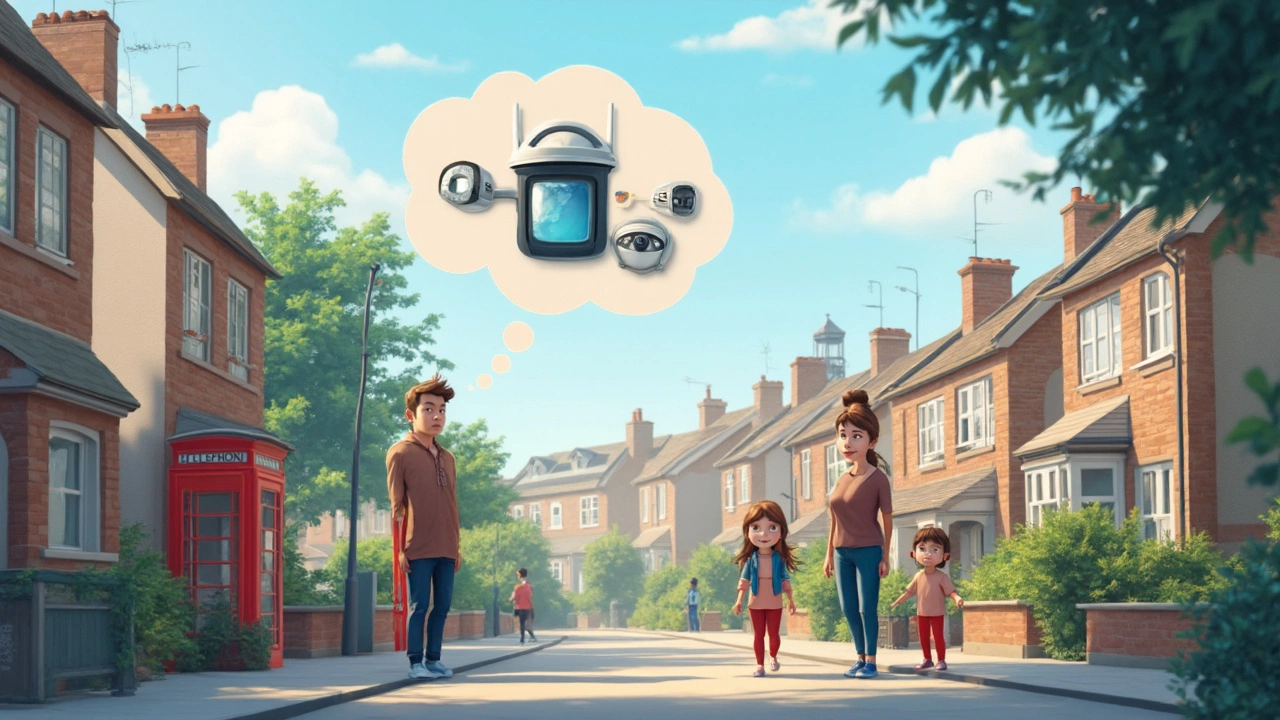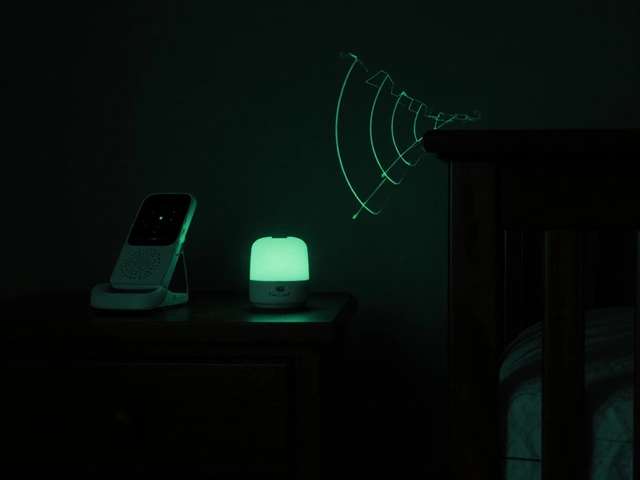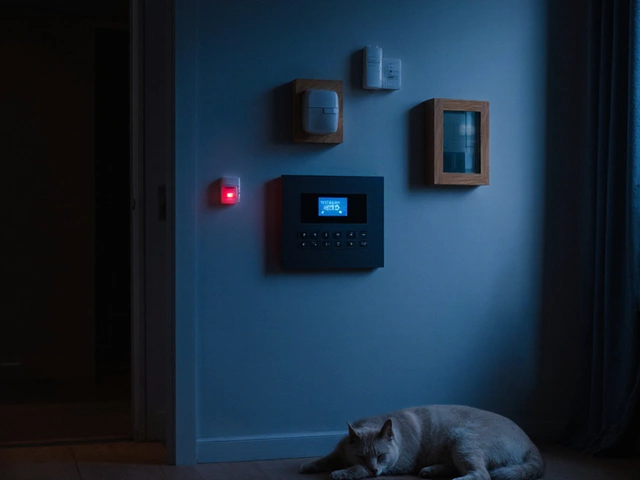Number of Cameras: How Many Do You Really Need?
If you’re setting up a security system, the first question that pops up is how many cameras you actually need. Too few and you miss blind spots; too many and you waste money and storage. The good news is you don’t need a PhD in tech to get it right – just a clear plan of what you want to watch.
Choosing the Right Camera Count
Start by walking around your property and marking the zones that matter most. The front door, back door, garage, and any side entrances are the obvious spots. If you have a garden, a driveway, or a side alley, add a camera there too. For a typical three‑bedroom house, five to seven well‑placed cameras cover most angles.
Next, think about the level of detail you want. A wide‑angle lens can capture an entire yard from a single point, but it won’t give you a clear face if someone sneaks in. Pair a wide‑angle camera for general coverage with a few narrow‑focus cameras at entry points. This mix lets you see the big picture and still get useful detail when you need it.
Don’t forget indoor cameras. Hallways, staircases, and the main living area are high‑traffic spots that benefit from a few discreet cameras. Even one camera in the living room can act as a deterrent and give you footage if a break‑in starts inside.
Common Mistakes When Counting Cameras
One mistake is over‑loading a single spot with multiple cameras. Two cameras looking at the same door from the same angle add cost but not value. Instead, place each camera where it sees something new.
Another pitfall is ignoring lighting. A camera that works great in daylight can be useless at night if you haven’t chosen a model with infrared or good low‑light performance. Count night‑vision cameras separately if your area is dark after dusk.
Finally, don’t forget storage and bandwidth. More cameras mean more video data, which can overwhelm a cheap hard drive or a limited internet plan. A rule of thumb: aim for 30‑45 seconds of retention on a local SD card per camera, or subscribe to a modest cloud plan that matches your total camera count.
Bottom line: focus on covering entry points, high‑traffic indoor areas, and any vulnerable outdoor zones. For most homes, five to eight cameras strike the right balance between security and cost. Adjust up or down based on the size of your property and how much detail you need.
When you know the optimal number, you can shop confidently, install quickly, and start enjoying peace of mind. No more guessing, no more wasted gear – just the right amount of eyes watching over what matters most.



